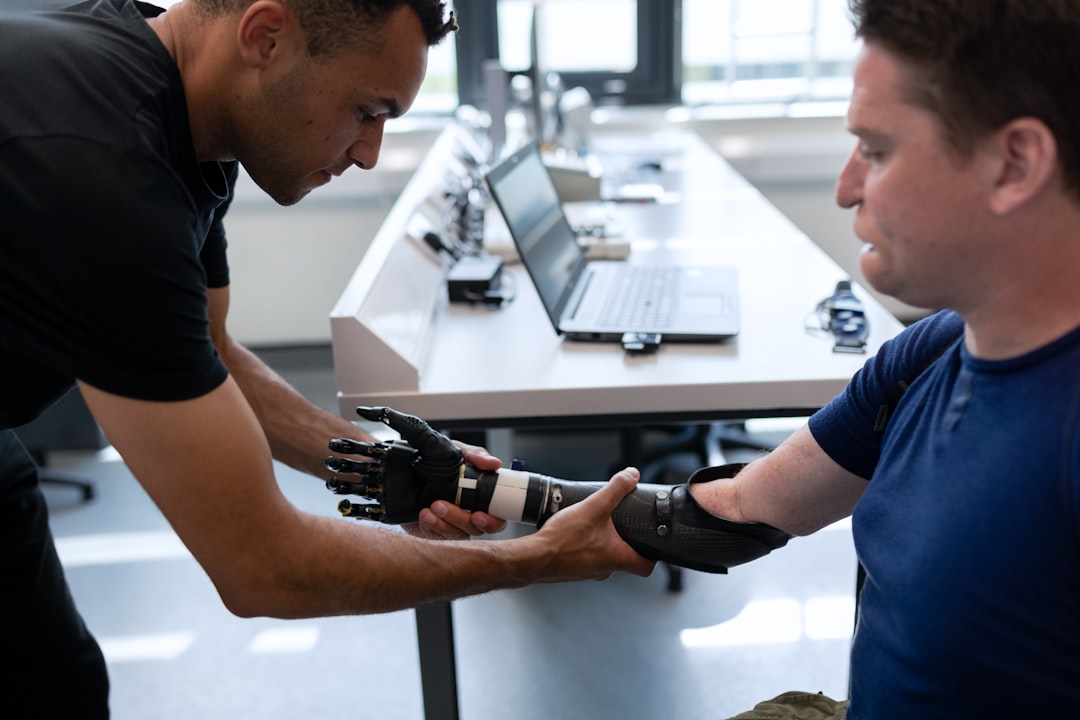What is it about?
Following a stroke or other brain injury, individuals may experience spatial neglect (inattention). Spatial neglect is a neuropsychological condition that decreases awareness and attention on one side of the body—usually opposite to the brain damage site. This work summarizes evidence on non-drug treatments for adults with spatial neglect.
Featured Image

Photo by Milad Fakurian on Unsplash
Why is it important?
Spatial neglect is experienced by 30% of individuals after a stroke. Rehabilitation interventions are pivotal to recovery, well-being, and a return to normal activity. Results show that the effectiveness, benefits, and harms associated with currently available interventions are unclear. While individuals with spatial neglect claim that the activity of independent living is central to their recovery and well-being, long-term effects on this outcome are absent. Current evidence reflects low quality, which prevents formulating recommendations for or against the interventions.
Perspectives
Disseminating knowledge is fundamental to increasing awareness and community health. I am honored to be a contributor to this effort through the authorship of a Cochrane Corner—a pocket version of an extensive Cochrane systematic review that highlights clinical and research gaps. This corner brings attention to an important topic—spatial neglect after a stroke or other brain injury—and the need to continue investigating current and new interventions to ensure this population receives the care they deserve to live a fulfilling life.
Vanessa Young
Arizona State University
Read the Original
This page is a summary of: How effective and safe are non-drug treatments for spatial neglect following non-progressive brain injury? A Cochrane Review summary with commentary, Neurorehabilitation, September 2022, IOS Press,
DOI: 10.3233/nre-228022.
You can read the full text:
Resources
Contributors
The following have contributed to this page










